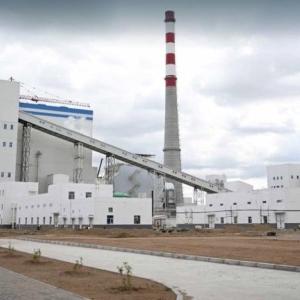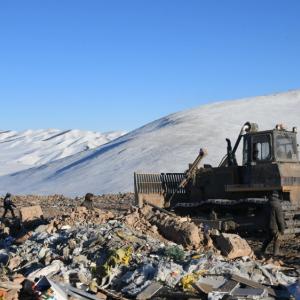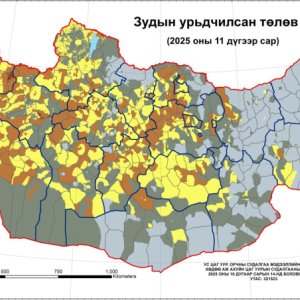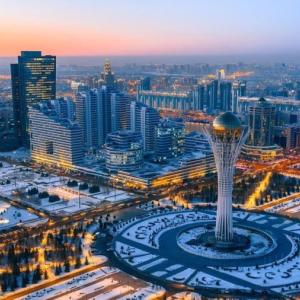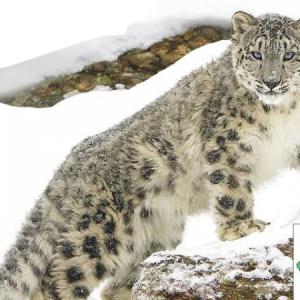Man-Made Pond to Support Argali Population
Environment
Ulaanbaatar, September 5, 2024 /MONTSAME/. The National Conservation Park Administration of the Myangan Ugalztiin Mountain Range in Tsetseg soum, Khovd aimag, has constructed a 2,000-litre artificial pond in the Kharnuud area, a spring and autumn habitat of argali, or wild sheep.
The Kharnuud area lacks natural watering spots for animals. To address this, the pond was strategically placed in an area where rainwater and melting snow naturally accumulate. When necessary, the local Park Administration will manually replenish the pond, as reported by the Ministry of Environment and Climate Change of Mongolia.
As previously reported by the MONTSAME News Agency, the argali population, which inhabits mountainous and high-altitude regions, reached 4,024 last year. The population has shown a steady increase, especially in border areas with Russia in the territory of Uvs and Bayan-Ulgii aimags.
Argali (Ovis ammon) are critically endangered wild sheep native to the mountainous regions of Central Asia. The wild sheep are found across a wide range of areas within Mongolia, including Khovd aimag's Tsambagarav, Baitag Mountain, Myangan Ugalztiin Mountain Range, Uvs aimag's Kharkhiraa and Turgenii Mountains, and Gobi-Altai aimag's Khar Azarga, Khantaishiriin, and Burkhan Buudai mountains, as well as the Khangai, Khentii Mountain Ranges. Moreover, argali are spotted in Umnugobi aimag’s mountainous areas, Dundgobi and Dornogobi aimags.
Argali resemble the Mongolian domestic sheep in appearance but have evolved to thrive in harsh, rugged environments. They can grow up to 120 cm in height, 180 cm in length, and possess slim, straight legs, short hair, and relatively short tails, and weigh up to 140 kg. The males, named Ugalz, are known for their large, corkscrew-shaped horns, which can reach lengths of up to 190 cm. Argali primarily graze in rocky, mountainous areas where wild onions (Allium polyrhizum), Anabasis Aphylla, and needle grasses (Stipa) grow.
The argali population has been significantly changing due to environmental, climatic, and human factors. In the 1970s, Mongolia had an estimated 40,000 argali, but by 2001, the population had plummeted to between 13,000 and 15,000. The decline is attributed to illegal hunting, competition for grazing land with domestic livestock, and predation by wolves, snow leopards, and lynxes. In response, argali hunting has been prohibited since 1953. A 2012 Government resolution listed argali as an endangered species, including it in Mongolia's "Red Book" of endangered animals. Argali is also protected under Appendix II of the Convention on International Trade in Endangered Species of Wild Fauna and Flora (CITES). Furthermore, five areas of argali habitat, including Mongol Altai, Khangai, and Altai mountain ranges in the Gobi zone, which cover a total of 6.1 million hectares, have been designated as state special protected areas.

 Ulaanbaatar
Ulaanbaatar









































